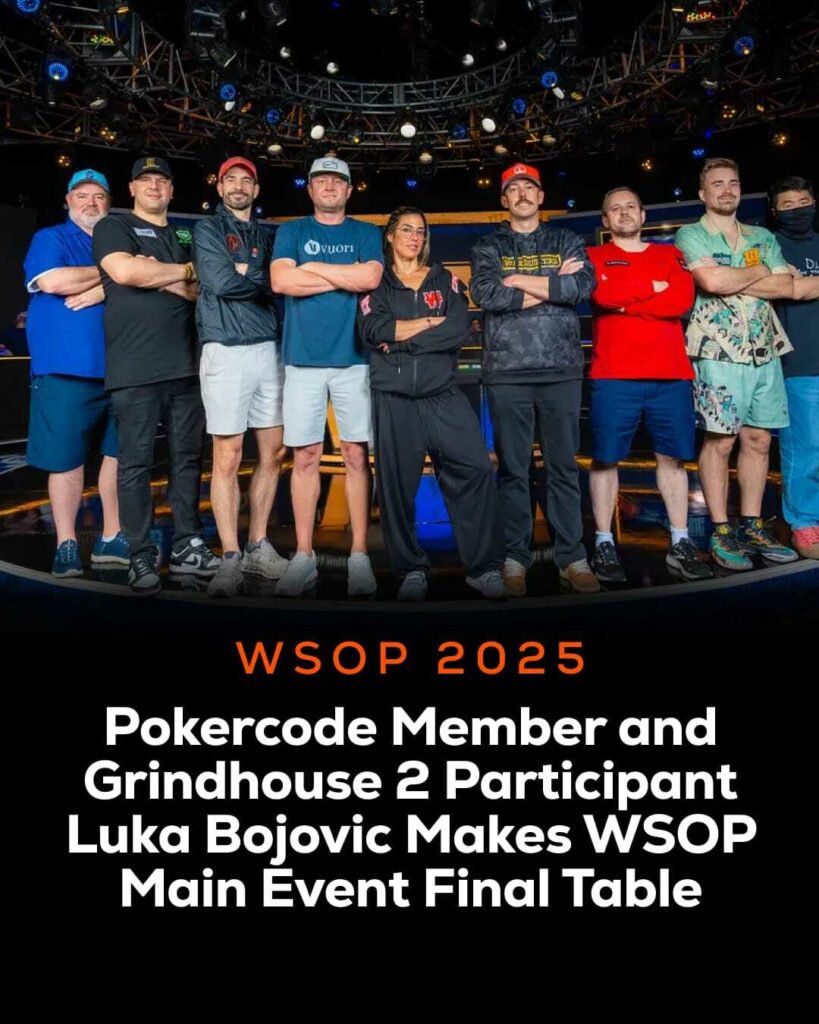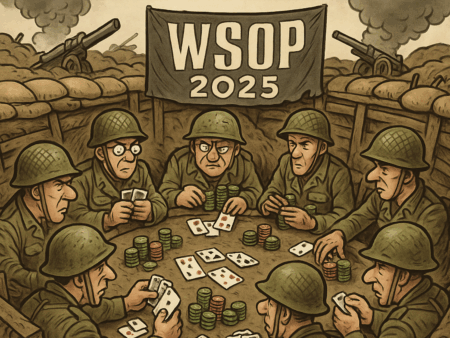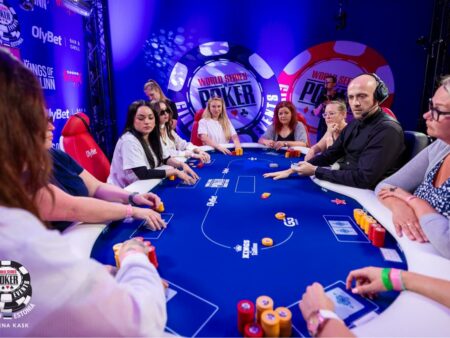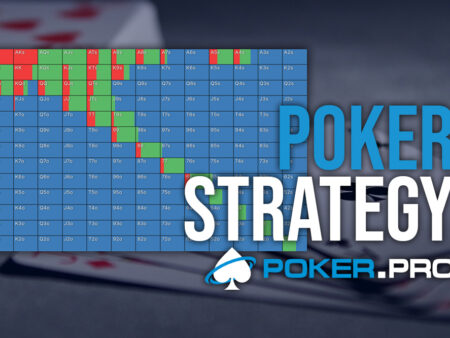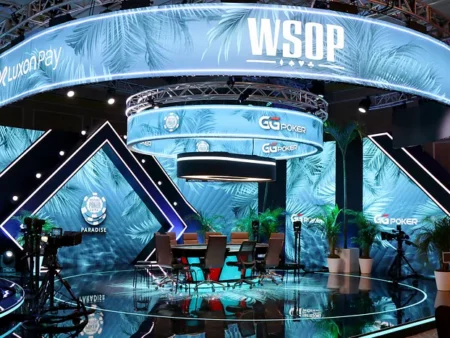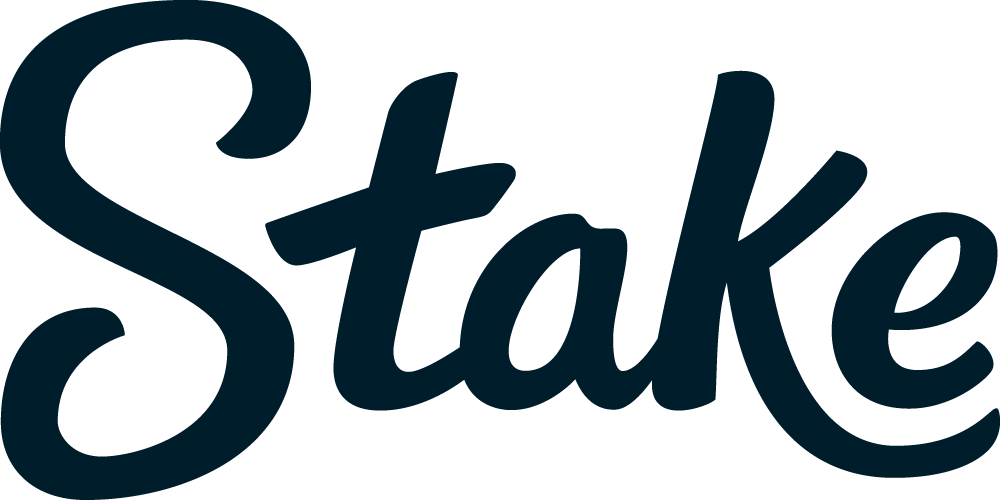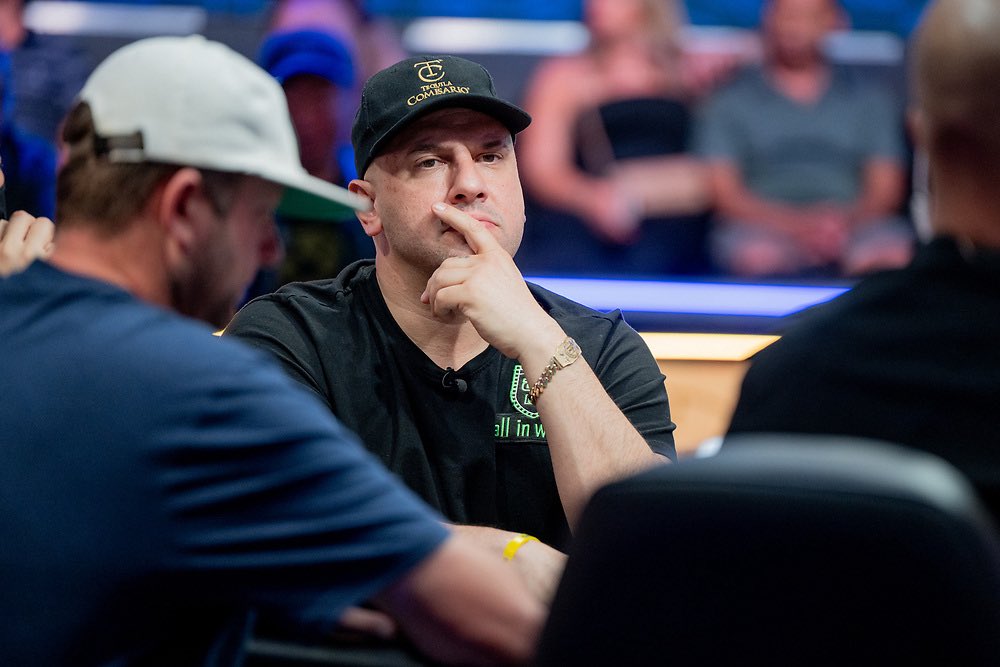
The 2025 WSOP Main Event delivered one of the most compelling narratives in recent memory as the final table was set on Monday night. With $10,000,000 awaiting the winner and nearly 10,000 players already out of the way, just nine remain to chase poker immortality.
From Leo Margets breaking a 30-year drought for women to reach the final table, to Michael Mizrachi overcoming near-elimination early in the day, the drama was there. Add in a recreational player turning chip leader, and it’s clear Day 8 was filled with unforgettable moments.
Below, we break down some of the most pivotal hands from Day 8 of the Main Event, with analysis by our in-house strategist Aytan Eldarova.
- Read more: Strategic Observations: Leo Margets 2025 WSOP Main Event Day 8
- Follow Aytan Eldarova on Instagram
Kenny Hallaert Controls the Pot and Extracts a Fold with Pocket Sixes
Blinds: 300k/600k (600k BB ante) Stacks: Lautaro Guerra (HJ): 18M (~30BB) Kenny Hallaert (CO): 63.6M (~106BB), 24/9,735 players
Preflop action: Lautaro Guerra opens HJ with A♥10♣ to 1.2M (2x), Kenny Hallaert calls CO with 6♦6♣.
Guerra’s open with ATo is standard from HJ at 30BB, though some pros mix in occasional folds if ICM is heavy. Hallaert’s flat call with 66 is optimal. With over 100BB, he keeps weaker hands in, controls pot size, and avoids bloating the pot with a marginal medium pair versus a strong HJ range.
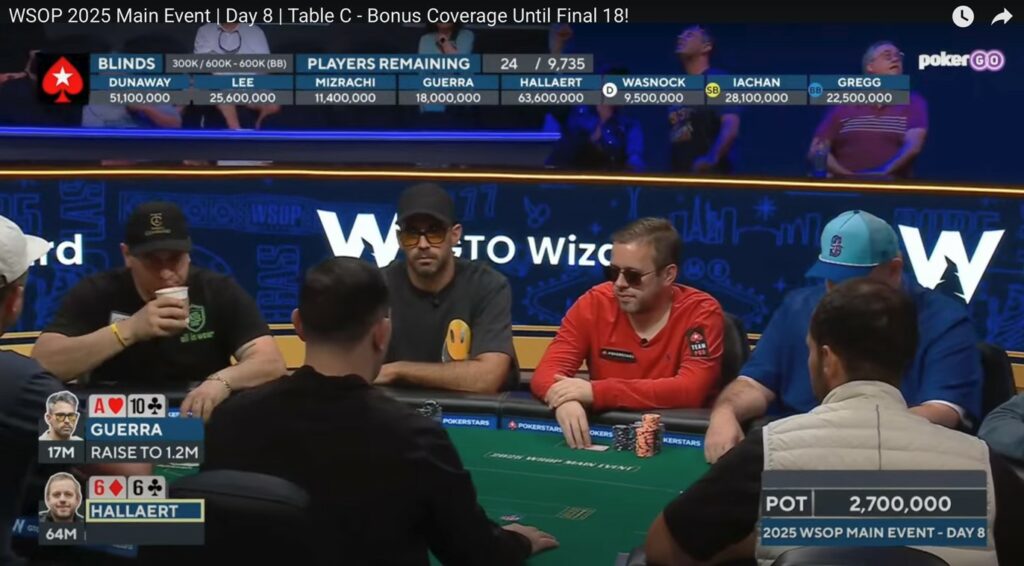
Flop: 8♠8♦K♦ (Pot: 3.9M). Action: Guerra checks, Hallaert checks back.
Guerra’s check: Shows good control, as betting into a flop that heavily favours Hallaert’s broadway plus pocket pair range risks getting check-raised. Hallaert checking back is excellent here. He has showdown value, minimal incentive to bet (no protection needed vs overs that missed), and avoids being check-raised off equity if Guerra decides to bluff-raise representing the 8 or K.
Turn: 2♣ (Board: 8♠8♦K♦2♣, Pot: 3.9M). Action: Guerra checks, Hallaert bets 1.5M (approx 38% pot).
Guerra folds.
Hallaert’s bet: Denies equity from random QJ/QT type holdings. Blocks bet to set up river pot-to-stack ratio management. Adds a thin value bet versus under-pairs or floats with ace-high. Represents a balanced range including Kx, 8x, pocket pairs (77–TT), and bluffs. However Guerra’s stack is only 16.8M after preflop (28BB). Betting here rarely gets called by worse unless Guerra floats ace high or stubborn under-pairs, so checking back and re-evaluating river is also standard.
Guerra’s fold is reasonable. He has no diamond draw and A♥10♣ has minimal showdown value facing this bet. Calling with ace-high here becomes marginal against a polarised range containing Kx, 8x, or well-timed bluffs.
Guerra’s preflop open is standard with ATo, though when ICM is intense, folding low kicker ace-high offsuit is defensible to avoid post-flop marginal spots. Flop check is standard and Turn fold is correct given stack size and lack of diamond blocker to continue. Fold discipline with marginal ace-high hands preserves stack utility deeper in tournaments, as Guerra demonstrated.
Hallaert’s Preflop flat call is excellent. Flatting small-mid pairs preflop in position is strong at deep stacks, maintaining pot control and set-mining equity. Checking back flop medium pocket pairs on paired boards is optimal to avoid unnecessary aggression when ranges are condensed. His small turn bet is reasonable for fold equity and thin value. Alternatively he could consider checking again to keep the pot small this avoids value-owning his hand versus a check-raise shove. Betting here is not mandatory but not an error, as top pros often use small turn bets to maintain balanced aggression frequencies.
Board Analysis
Flop: 8♠8♦K♦. Board Texture: Paired board with high card. Rainbow with potential diamond draws.
Range Advantage: Preflop raiser Guerra has strong range advantage with Kx hands (KQ, KJ, AK, KT) plus overpairs JJ, QQ. However, he may check back a lot to pot control and protect his checking range. Caller Hallaert also has Kx in calling range (KQ, KJ suited), plus medium pocket pairs as well as potential 8x suited (98s, T8s). Sets (KK) are unlikely as he would 3-bet preflop, but 88 is a possibility and should be considered.
Interaction with Ranges: Hallaert’s 66 is a medium pair, effectively a bluff-catcher with showdown value. Guerra’s AhTc completely misses this board, having only ace-high with no backdoor flush draw.
Turn: 2♣ Board now 8♠8♦K♦2♣. The 2♣ is a brick, not completing any draws or changing range interactions. Board remains dry and paired. Guerra’s checking range is still capped at ace-high, mid pairs, or Kx checking for pot control. Hallaert retains his medium pair showdown value.

Michael Mizrachi Shoves AJ into AQ
Blinds: 300k/600k (600k BB ante) Stacks: Michael Mizrachi (UTG1): 11M (~18 BB), John Wasnock (CO): 9.5M (~16 BB), 24/9,735 players
Preflop action: Michael Mizrachi shoves A♠J♦ UTG1 (~18 BB), John Wasnock calls with A♦Q♦ in CO (~16 BB).
Mizrahi’s open here is a standard open-shove. Strong unpaired broadway hand, seating comfortably within profitable shoving ranges at this stack depth and position. This action avoids awkward post-flop spots or tough decisions with ICM pressure. An alternative action here that one might advocate here is a min-raise-fold line to preserve stack against tight re-shoves, but shove is standard and avoids giving free flops to BB.
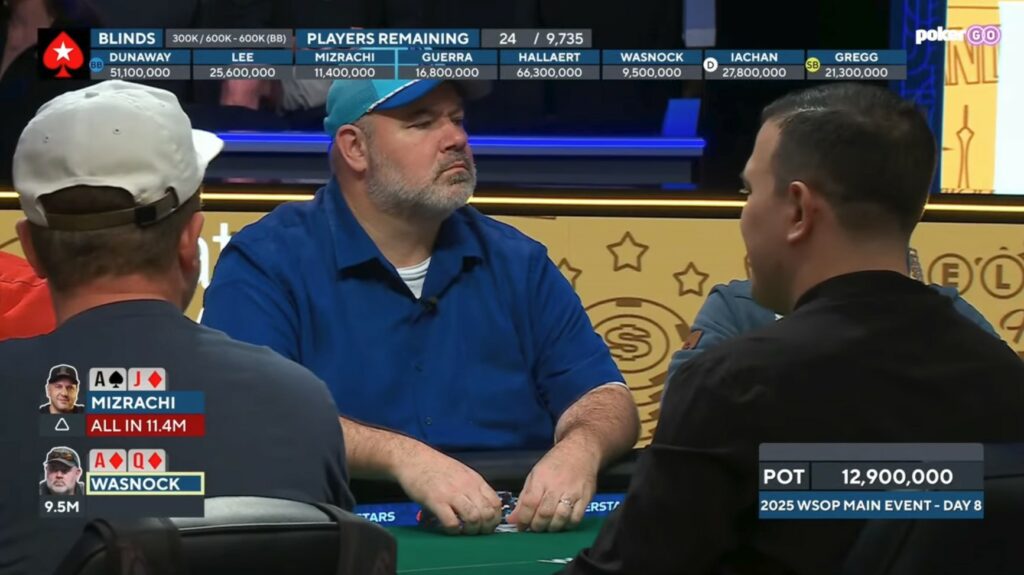
Warnock’s call here is an easy call in this spot with his holdings, dominating Mizrachi’s shoving range, especially broadways such as (AJ, AT, KQ) and flips versus pairs. Slight concern here though is calling here consumes two-thirds of Wasnock’s stack, effectively committing him – but AQ suited is far too strong to fold, and re-shove is identical to calling here as there are no active players left behind.
Flop: 3♦10♦A♣ (Pot: 20,500,000).
Mizrachi’s shove is standard and avoids leaking chips via small opens. With ~18BB in late Day 8 stages, shoving A♠J♦ from UTG1 is a profitable default play, even if risky with so many medium stacks left due to ICM.
Wasnock’s almost instant call with his AQs dominating AJ, and suitedness gives additional flush equity. At ~16BB effective, folding should not be considered. This is an optimal call here with ICM risk being outweighed by hand strength.
ICM Considerations: Both players have mid-short stacks with large pay jumps looming, so avoiding busting before shorter stacks matters. However, AJ and AQ remain too strong to consider any exploitative folds here. ICM-aware strategy requires still taking +EV spots, not laddering excessively at risk of blinding out.
The paired board runout does not affect Wasnock’s top pair with Q kicker. Mizrachi had minimal outs (3 Jacks).
Board Texture: Flop gives a top pair for both. Mizrachi: Top pair weaker kicker (J kicker). Wasnock: Top pair with Q kicker plus nut flush draw. Equity: Wasnock massively ahead with kicker advantage and flush outs (~90%+).
Turn: 8♣, River: 8♥ giving us a final board: 3♦10♦A♣8♣8♥. Pairing river does not change kicker advantage and Wasnock wins with Ace-Queen kicker playing.
Joey Padron Small 3-Bet Invites Freitas Shove
Blinds: 300k/600k (600k BB ante) Stacks: Tomas Szwarcberg (LJ): 5.4M (9BB), Joey Padron (CO): 29.9M (50BB), Richard Freitas (BB): 30.2M (50BB), 24/9,735 players
Preflop action: Tomas Szwarcberg (LJ) open shoves 6♠6♣ (9BB), Joey Padron (CO) 3-bets to 11M with 10♠10♣, Richard Freitas (BB) shoves all-in with 29.6M, Padron folds to Freitas’ reshove.
We see standard and correct shove from Szwarcberg in LJ with a 9BB stack, 66 is well within any profitable jamming range from this position.
Padron in the CO opts to 3-bet to 11M with TT. This is a very unusual line. Facing a 9BB shove, the standard approach with TT is to re-shove all-in or flat call if there are ICM considerations. By 3-betting to 11M without moving all-in, Padron is effectively isolating but also inviting action behind, risking a big portion of his stack while giving strong hands behind (like Freitas) an opportunity to re-shove. In GTO, TT is a pure re-shove/all-in hand here, not a small 3-bet, especially given ~50BB stacks behind that could jam.
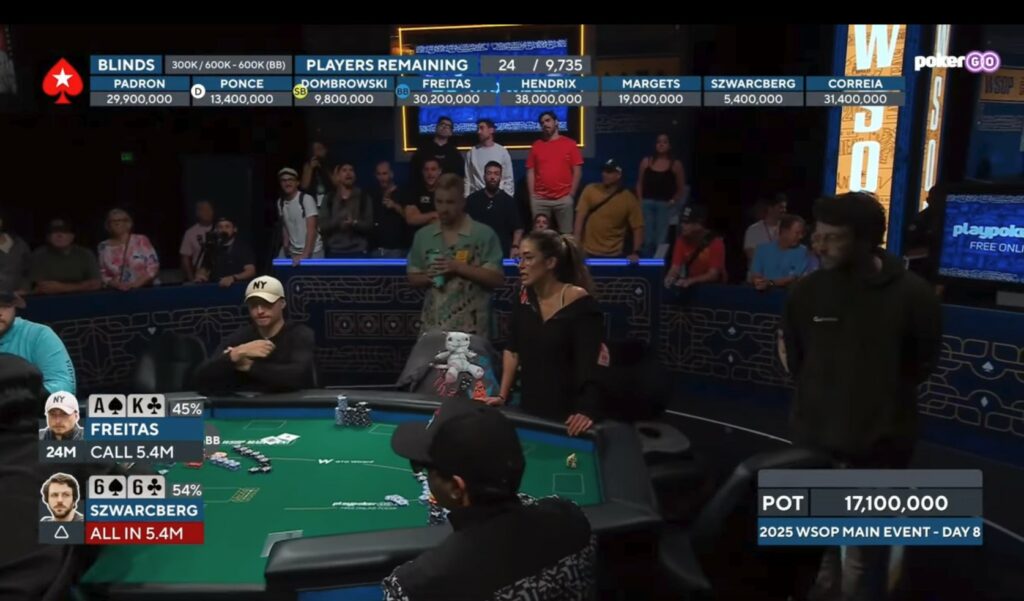
Freitas in BB shoves all-in with 29.6M. This is a very strong play. Given Padron’s small 3-bet sizing that capped his range as Padron would be expected to shove QQ+, Freitas can leverage fold equity by shoving his entire stack and does so brilliantly. The actual hand Freitas held isn’t given, but the action suggests a premium holding JJ+, AK as well as an aggressive re-shove bluff recognising Padron’s sizing as weak.
Padron folds to Freitas’ re-shove. This fold makes sense given the situation Padron created with his small 3-bet. His sizing induced exactly what happened: a jam from a bigger stack, forcing him to fold TT despite initially isolating a short stack with a strong hand.
Board: Q♥7♠7♦3♣8♦ and pot goes to Szwarcberg with the winning hand.
This hand exemplifies the risks of non-all-in 3-bets vs short stack shoves when deeper stacks remain behind as well as the power of ICM-aware re-shoves from big stacks punishing capped ranges. The importance of sizing discipline preflop in late stage tournaments – TT is too strong to turn into small 3-bet/fold here.
